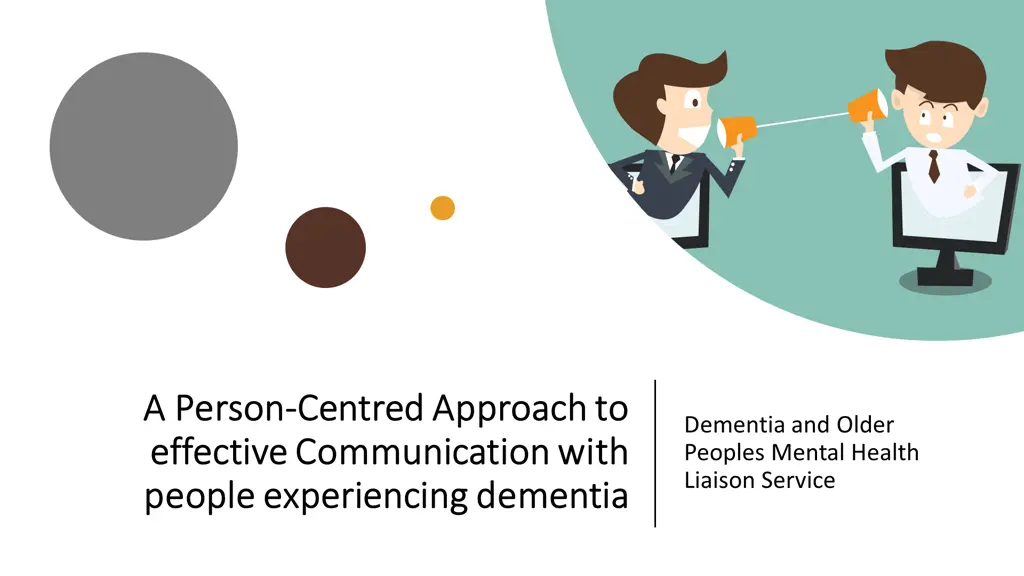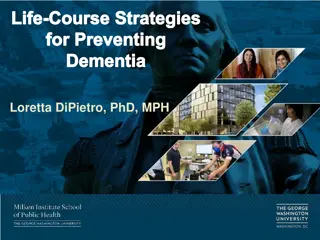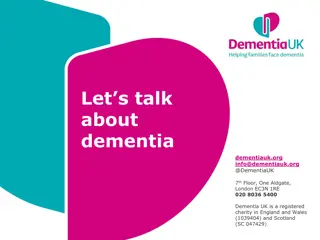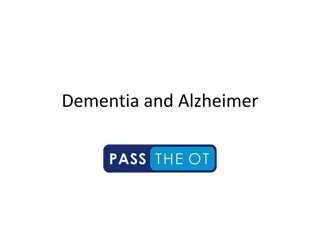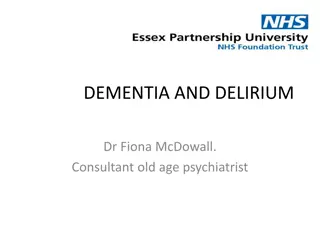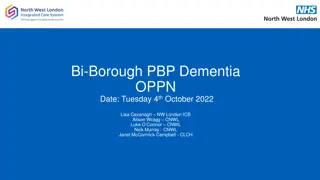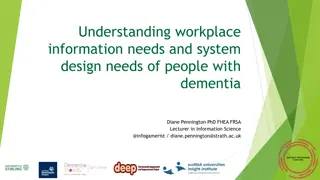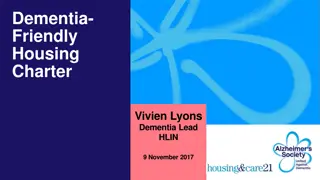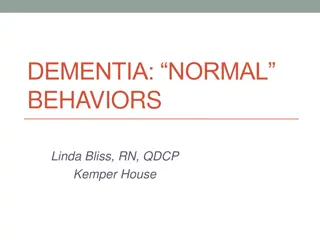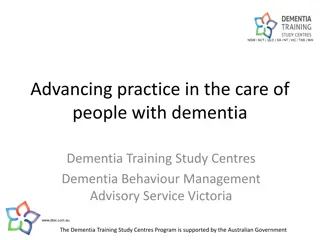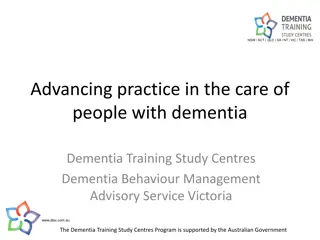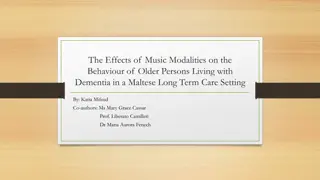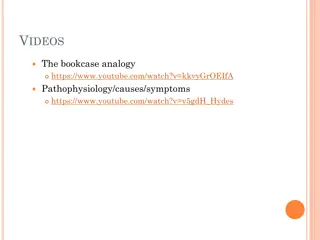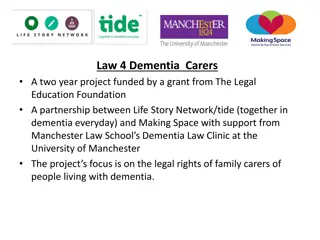Effective Communication in Dementia Care
Learn the importance of communication in dementia care, understanding behavioral challenges as unmet needs. Discover effective strategies for person-centered interactions.
Download Presentation

Please find below an Image/Link to download the presentation.
The content on the website is provided AS IS for your information and personal use only. It may not be sold, licensed, or shared on other websites without obtaining consent from the author. Download presentation by click this link. If you encounter any issues during the download, it is possible that the publisher has removed the file from their server.
E N D
Presentation Transcript
A Person A Person- -Centred Approach to Centred Approach to effective Communication with effective Communication with people experiencing dementia people experiencing dementia Dementia and Older Peoples Mental Health Liaison Service
Communication Supportive and effective communication is central in promoting individuality and sense of self. Interaction and communication are key elements of what makes us who we are.
The Experience of The Experience of living with Dementia living with Dementia Impaired ability to acquire and remember new information Impaired reasoning and handling of complex tasks, poor judgment Impaired visuospatial abilities Impaired language functions Changes in personality and behaviour
Carers spent less time interacting with patients with severe dementia because of their perceived inability to communicate. Beliefs Effective Communication is a crucial skill, though more challenging in dementia care, due to the changes in language and cognition a person may experience. This can lead to barriers, misinterpretation of non-verbal or verbal communication of those delivering care Elderspeak characterised as, a tone of speech used when speaking to somebody living with dementia, that assumes the older adult is dependant, frail, incompetent which illustrates a tone that is similarly used when talking to a baby.
Behaviour as a Behaviour as an attempt to communicate an unmet need. n attempt to communicate an unmet need. An attempt to get the need met directly. The result of the need not being met. Cohen Cohen- -Mansfield Mansfield
Behaviour Behaviour that challenges (BPSD) us vs Unmet need that challenges (BPSD) us vs Unmet need Challenging Behaviour Scale Moniz-Cook 2001 You could also use Neuropsychiatric Inventory (NPI Neuropsychiatric Inventory (NPI) ) What are the main behaviours that challenge according to the CBS? (Please circle): Physical aggression Shouting Wandering Clinging Suspiciousness Spitting Stripping Non-compliance Lack of Occupation Verbal aggression Screaming/crying out Restlessness Interfering with other people Manipulative Faecal Smearing Inappropriate Sexual Behaviour Dangerous Behaviour Self harm Perseveration Lack of motivation Pilfering or Hoarding Lack of self care Inappropriate Urinating Sleep Problems Demands Attention
Person Person- -Centered Care Centered Care Biological aspects Biological aspects
Person-centred Care A need to feel understood A need to feel respected (and not ashamed) A need to feel in control/reassured. A need to escape too much noise, sensory stimulation, or unpredictable behaviour A need for comfort pain,discomfort, thirst, hunger, body temperature, personal space.
Experience to be lived meaningfully, Optamising quality of life and not only a problem of disease (Kitwood 1997a)
Effective Communication and Dementia (Ryan et al., 1995) Beliefs about the effects of dementia on communication Environmental considerations Non- verbal communication. Listening skills. Speaking Skills. Anxiety reduction. Conversation management.
Supportive physical and social environments (colour scheme, signage,seating in islands, designated areas). Calm, non busy. Turn down/off radios, TVs Environmental considerations Provide cues and reinforcement. Maximise familiarity.
Hello I am Me! Hello I am Me! Take the time to get to know me Take the time to get to know me
Listening & speaking skills One idea at a time optimising comprehension Slow processing, word- finding difficulties patience. Inclusive, supportive, considerate. Listening skills active listening. Clear speech. Open ended questions that tap into semantic memory rather than episodic memory. Facilitate conversation management, returning to central issues. Utilise either closed- ended questions. Relaxed and good humored Tone of voice Acknowledge/validate i.e. emotions/distress
Non- verbal communication People with dementia use non- verbal behaviour in meaningful ways for others to interpret, as a way of self communication and actively interpret others non- verbal communication. Ability to decode NVC tends to persist longer than ability to decode speech. Impairment of hearing and sight places greater premium on effective use of NVC. Eye contact/facial expressions. Gesture - useful reinforcement to speech. Appropriate and considerate tactile contact. Non-threatening posture, open, sitting at same level. Attentive listening.
Create Individual toolboxes
